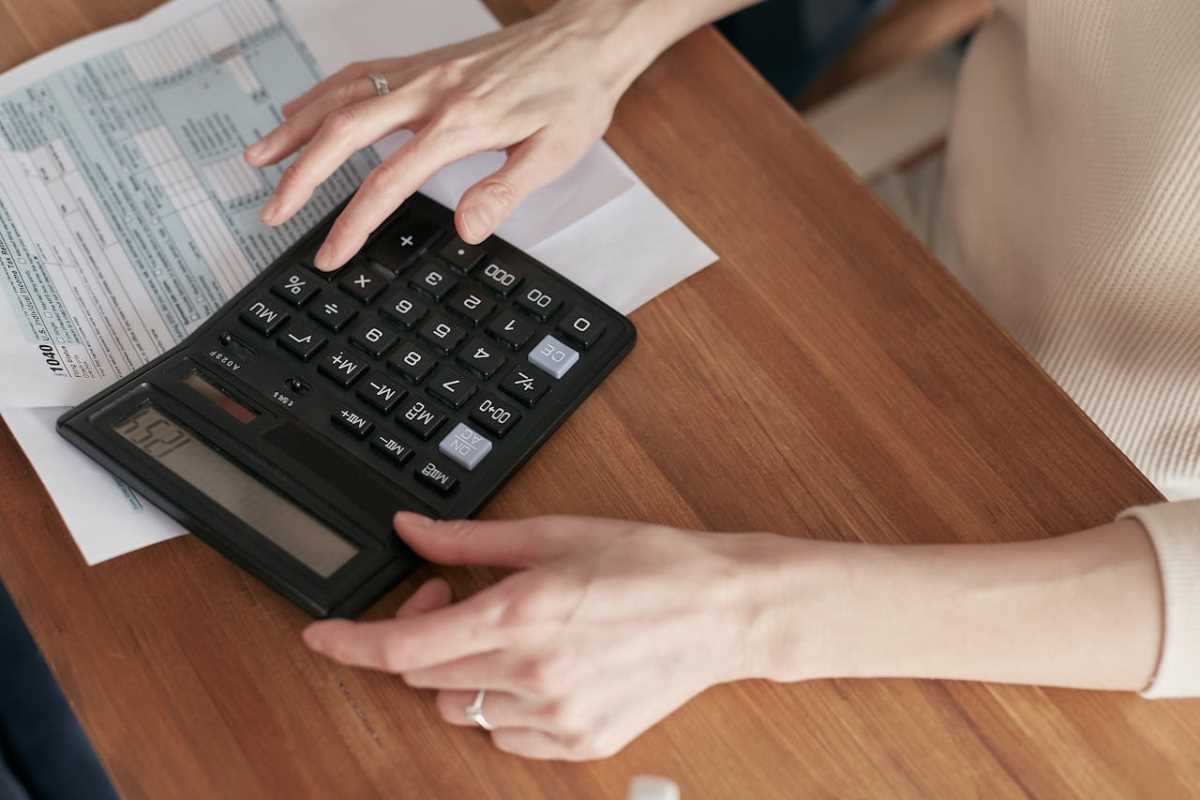Utility bills can sneak up on you. One month, they’re manageable. The next, they leave you questioning how you used so much energy or water. The good news is there’s hope for cutting costs without sacrificing your comfort. With a few practical changes and some smart choices, you can lower your monthly expenses and free up some cash for the things you love. We're going to dive into some tips and tricks you can use, whether you own your home or live in an apartment. Stop worrying and start saving on your next utility bills!
Upgrade to Energy-Efficient Lighting
Swapping out old, energy-hogging lightbulbs is an easy win. LED bulbs use up to 80% less energy than traditional incandescent bulbs and last significantly longer, cutting replacement costs over time. Replacing a single 60-watt incandescent bulb with a 10-watt LED can save you around $75 over the bulb’s lifespan. Multiply that by all the bulbs in your home, and the savings add up.
Don’t stop at indoor lighting. Energy-efficient outdoor fixtures or solar-powered garden lights can brighten up your property without driving up electricity bills.
Master Your Thermostat
Learning to manage your thermostat pays off in a big way. During colder months, lowering your thermostat by just one degree can trim your heating bill by about 1%. Smart thermostats make this even easier. They learn your daily routine and automatically adjust the temperature when you’re not home or asleep.
For apartment dwellers who might not be able to install a smart thermostat, simple habits can help. Setting the temperature a few degrees lower at night and bundling up with an extra blanket can keep you cozy without blasting the heat.
Seal Gaps and Cracks
Small gaps around windows and doors leak more air than you might think. Sealing these with affordable weatherstripping or caulk can cut your heating and cooling costs by up to 20%. For renters, removable solutions, like draft stoppers, provide good alternatives without violating lease agreements.
Windows deserve extra attention. Heavy or thermal curtains can block drafts in winter and keep out the blazing sun in summer, helping maintain a comfortable indoor temperature year-round.
Use Appliances Strategically
Running appliances during off-peak energy hours can save money if your utility company offers time-of-use rates. Typically, evening hours after 9 p.m. have lower rates. Doing laundry or running the dishwasher can make a noticeable difference.
For further savings, run full loads in your washer and dishwasher instead of smaller ones. Most machines use the same amount of water and energy regardless of how full they are, so it makes financial sense to run them efficiently.
Upgrade Old Appliances
Outdated appliances are silent money pits. Energy Star-certified models use up to 50% less electricity and water than older versions. Upgrading might feel like an upfront expense, but the long-term savings make it worthwhile. Replacing an old refrigerator or washing machine could save hundreds of dollars a year.
If buying new isn’t feasible, consider making small upgrades to your current appliances. Dryer balls can reduce drying time, and swapping filters in your AC or furnace improves efficiency.
Pay Attention to Phantom Energy
Electronics continue to draw power even when turned off. This sneaky energy usage is called phantom or standby power. Unplugging devices like coffee makers, toasters, and gaming consoles when they’re not in use can cut costs. Advanced power strips offer a convenient alternative by automatically shutting off power to devices that don’t need to stay on.
For renters and homeowners alike, this quick tip saves money without requiring a huge lifestyle change.
Cut Water Waste
Wasted water also leads to wasted money. Low-flow showerheads and faucets reduce water use without sacrificing water pressure. Modern showerheads use just 2 gallons per minute compared to older models’ 5 gallons per minute.
Checking for leaks is another must. A dripping faucet or a constantly running toilet can waste hundreds of gallons a month. Fixing leaks promptly not only reduces your bill but also prevents long-term damage that could cost even more.
Take Control of Heating Water
Heating water accounts for about 18% of a household’s energy use. Lowering your water heater’s thermostat to 120°F saves energy without making your showers icy. Tankless water heaters also offer a great option for those looking to upgrade, as they heat water on-demand rather than keeping a tank of water warm all day.
For apartment dwellers with limited control over water heaters, minimizing hot water usage helps cut costs. Simple changes, like taking shorter showers or washing clothes in cold water when possible, make a noticeable difference.
Increase Natural Light and Ventilation
Natural light saves on lighting costs, and proper ventilation minimizes cooling needs. Opening blinds during the day lets daylight stream in, reducing the need for artificial lights. Close them during peak heat hours in the summer to prevent your home from overheating. Adding screens to windows allows fresh air to circulate without inviting bugs in.
For apartments facing challenges like limited ventilation, adding a fan or two can help circulate air effectively.
Consider Renewable Energy Options
Solar panels have become more accessible than ever. Homeowners can take advantage of tax credits and install panels to generate their own electricity, slashing utility bills in the process. Community solar programs provide a great option for renters or those who can’t install panels themselves. By buying into a shared solar array, you can reduce your costs and your carbon footprint at the same time.
Monitor Your Usage
Keeping tabs on your utility use is essential for lowering costs. Many utility companies offer online tools or apps that show when and where you’re using the most energy or water. Knowledge is power, and these insights help you identify where to make changes.
Simple fixes, like setting reminders to turn off certain devices or adjusting thermostat settings during peak periods, add up quickly when based on real data.
Invest in Insulation
Adding insulation keeps your living space comfortable year-round and reduces strain on heating and cooling systems. Materials like spray foam or fiberglass are effective for sealing attics, basements, and walls.
For condo or apartment dwellers unable to retrofit insulation, focusing on high-traffic problem areas like drafty windows and doors makes a difference. Thick rugs or decorative wall tapestries can also help trap warmth during the cooler months.
 (Image via
(Image via





